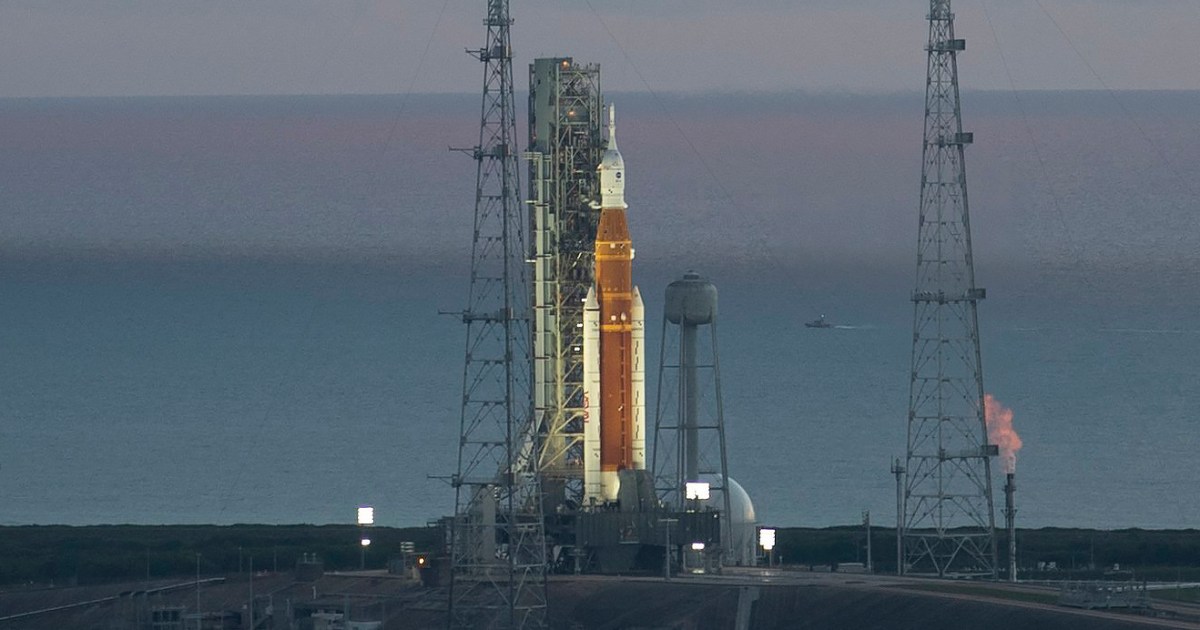
NASA’s megarocket is standing down from a scheduled test flight to the moon, agency officials announced Monday.
NASA’s uncrewed Space Launch System (SLS) and Orion capsule were slated to launch on a test flight to the moon, but engine troubles thwarted the much-anticipated liftoff.
Engineers detected an issue with one of the fuel lines as the rocket was being loaded with propellant. A liquid hydrogen line used to cool the rocket’s core-stage engines malfunctioned partway through the launch countdown, and the test flight eventually was called off after troubleshooting efforts failed.
A new launch date has not yet been announced. NASA has backup launch opportunities Sept. 2 and 5, but it’s unclear if engineers will be able to pinpoint the problem and fix it in time to make those dates.
“We don’t launch until it’s right,” NASA Administrator Bill Nelson said on NASA TV after the flight was halted.
The agency said the rocket and spacecraft are currently “in a stable, safe condition,” adding that engineers are gathering data from vehicle on the launch pad.
Monday’s event was to be the first liftoff of the 322-foot-tall Space Launch System, a next-generation booster that NASA says is the “most powerful rocket in the world.” The test flight, known as Artemis I, is designed to test both the huge SLS rocket and Orion capsule before the agency sends astronauts back to the lunar surface.
The Artemis I delay comes after more than a decade of work by NASA to develop a new megarocket that surpasses the capabilities and size of the iconic Saturn V rockets used during the agency’s Apollo moon program, which ended in the 1970s. The initiative has been criticized over the years for being years behind schedule and billions of dollars over budget.
In a House Science Committee hearing earlier this year, NASA Inspector General Paul Martin said the agency will likely spend $93 billion on the Artemis program from 2012 to 2025.
NASA’s return to the moon program is called Artemis, named after the goddess of Greek mythology who was the twin sister of Apollo. As part of the Artemis program, NASA envisions regular missions to the moon to establish a base camp on the lunar surface, before the agency eventually ventures to Mars.
NASA officials have said astronauts could return to the surface of the moon as early as 2025.
Source: | This article originally belongs to Nbcnews.com










